The history of the 'pandemic' that has hit mankind many times

Following
How pandemics spread-YouTube
The world is rapidly globalizing with the development of transportation and logistics technology. As a result, viruses as well as humans have been transported around the world in a matter of hours.

In a hunting and gathering society, people lived in small communities rather than staying in the same place. As a result, the epidemic of infectious diseases has not continued as much as today.
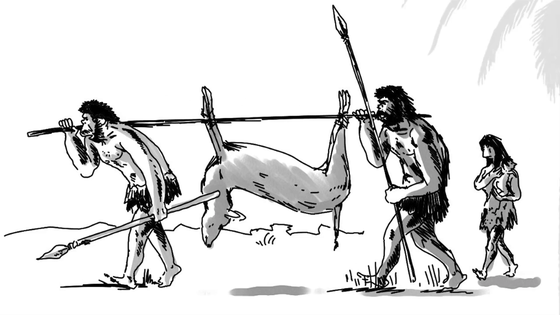
However, about 10,000 years ago, people began farming and lived with livestock. This has increased the spread of bacteria and viruses between humans and animals.
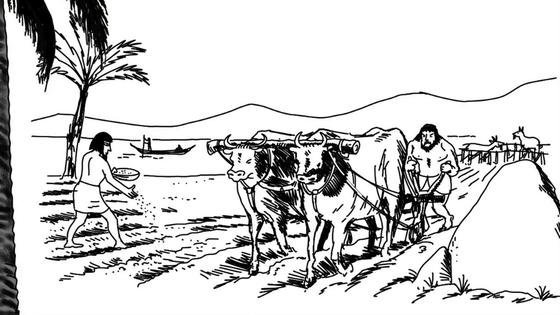
The

In this way, bacterial and viral infections spread quickly. In particular, measles virus, influenza virus, HIV (human immunodeficiency virus), etc., which flourish on a global scale, are called 'pandemic' when the spread of such virus spreads worldwide.

Some pathogens leave traces on infected tissues and bones, and may be identified from extracted DNA. For example, DNA from Mycobacterium tuberculosis has been detected in ancient Egyptian mummies, and humans have been threatened by invisible viruses since ancient times.
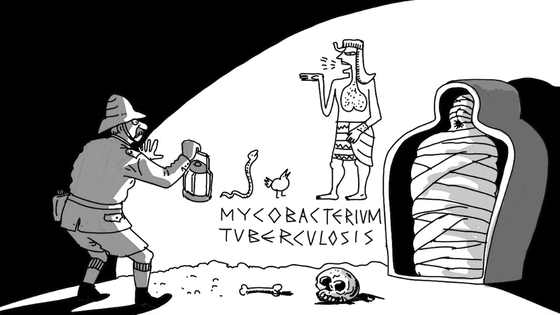
In 2011, a team of scientists that have studied the burial place of the plague patients in the London of the United Kingdom, was popular from the remains of the 14th century

According to research data, the plague, which was prevalent in China in 1340, was carried to the Crimea via the Mongolian Empire by being carried by traders along the Silk Road. Later, in 1347, Y. pestis spread to the Mediterranean.
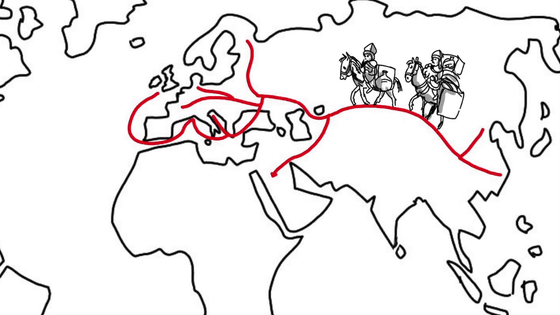
By 1400, more than 34 million people had died in Europe.
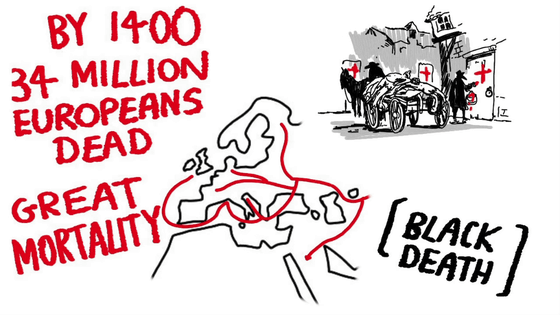
The influenza virus is more infectious than the plague, and it is every year around the world.
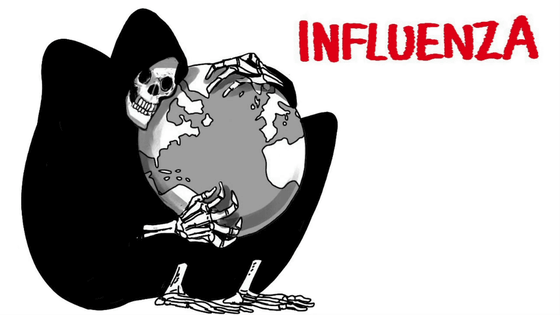
Influenza viruses are also easily mutated, and some infect humans from livestock such as pigs and birds.
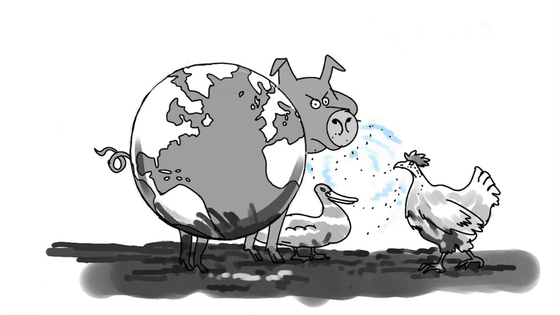
Influenza virus pandemics have occurred at least six times in the past ...
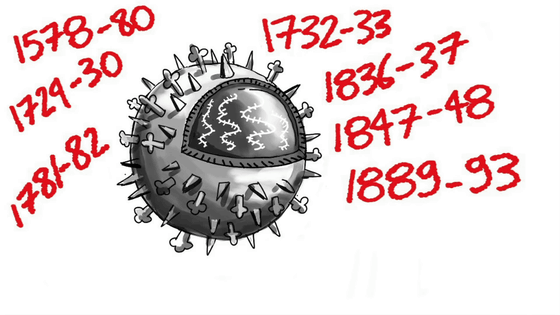
Among them, the most frequent death was the pandemic of the influenza virus that occurred in 1918, which is commonly called the '

The Spanish cold began when US soldiers who traveled to northern France during World War I complained of chills, headaches, and fever.
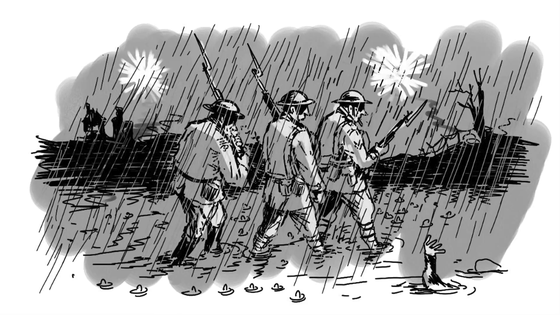
In September 1918, soldiers fell one after another in a barracks near Boston, USA, and were brought to a clinic.
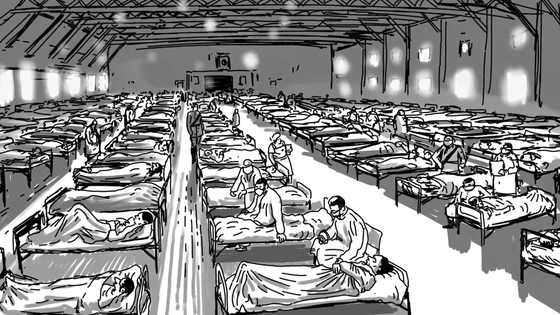
According to records at that time, red-brown spots appeared on the cheeks of the fallen soldiers in about 2 hours, and after a few hours,
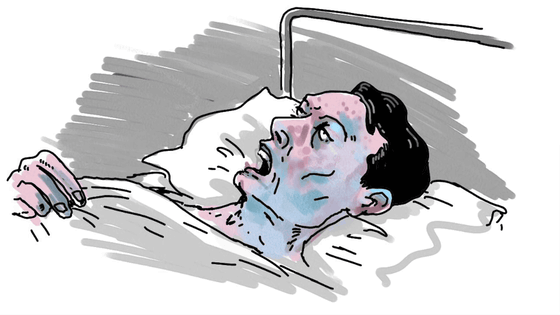
Soldiers traveling between the United States and France bleed blood from their nose in the ship, and the floor became a sea of blood.
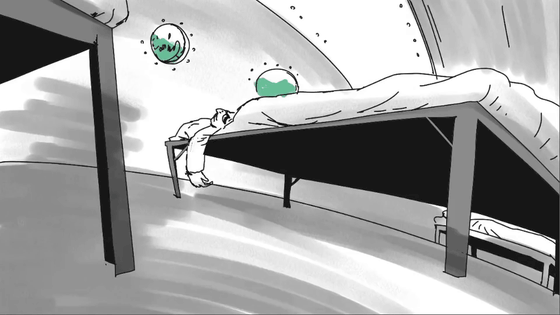
And the British soldiers who returned from France brought the influenza virus back to England.
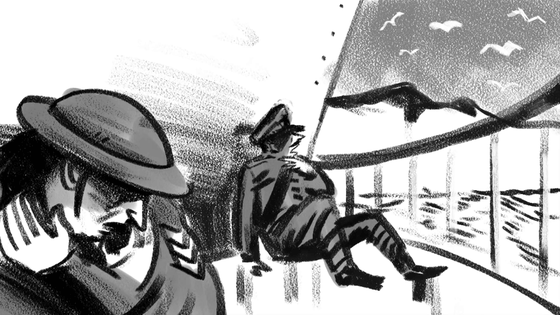
By the end of the pandemic in April 1919, it is estimated that 675,000 people in the United States and 230,000 people died in the United Kingdom before the pandemic converged in April 1919. It is also said that more than 10 million people have died in India and the number of deaths worldwide has reached 50 million.

And the fact that people around the world can travel easily by airplane has spread the virus quickly around the world. One example is the

In December 2013, a Chinese doctor infected with SARS stayed at a hotel in Hong Kong. Within 24 hours of check-in by a physician, 16 guests became infected with SARS, and five of them took an international flight a few days later, causing SARS coronavirus to spread to Vietnam, Singapore, and Canada. Did.
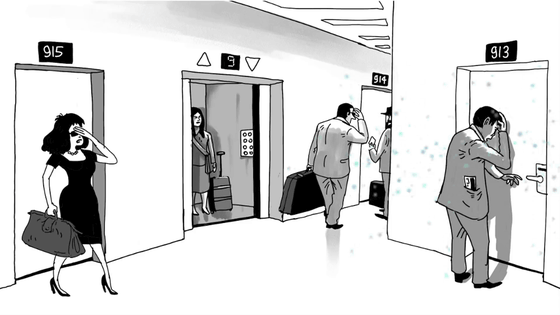
After that, a ban on travel between Hong Kong and Toronto prevented the pandemic, but the disease was confirmed in 29 countries, killed more than 1,000 people, and it took four months for the SARS epidemic to converge. It took about a while.
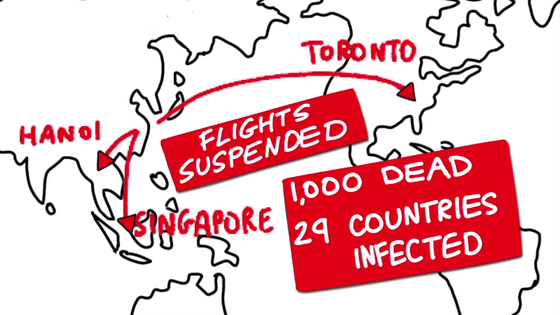
In the case of SARS, it can be said that the spread of the virus could be suppressed quickly, but conspiracy theory and reputational damage are rampant on the Internet, and the economic damage received is estimated to be $ 10 billion (about 1.1 trillion yen). It is said.

And the price of the mask also increased at this time.
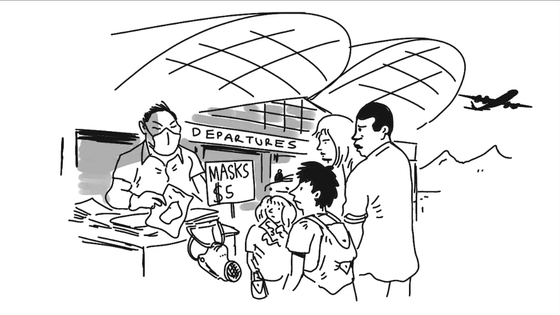
'We can learn from history that a pandemic starts with a small infection, and when it spreads, the severity of the damage is comparable to war and natural disasters.' We can take measures to reduce the damage, 'said Honifsbaum in 2012.

Related Posts:
in Video, Posted by log1i_yk







